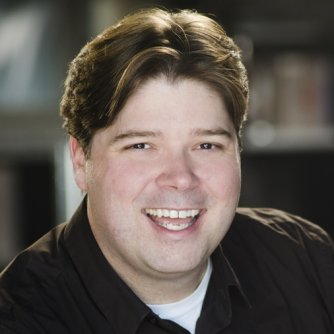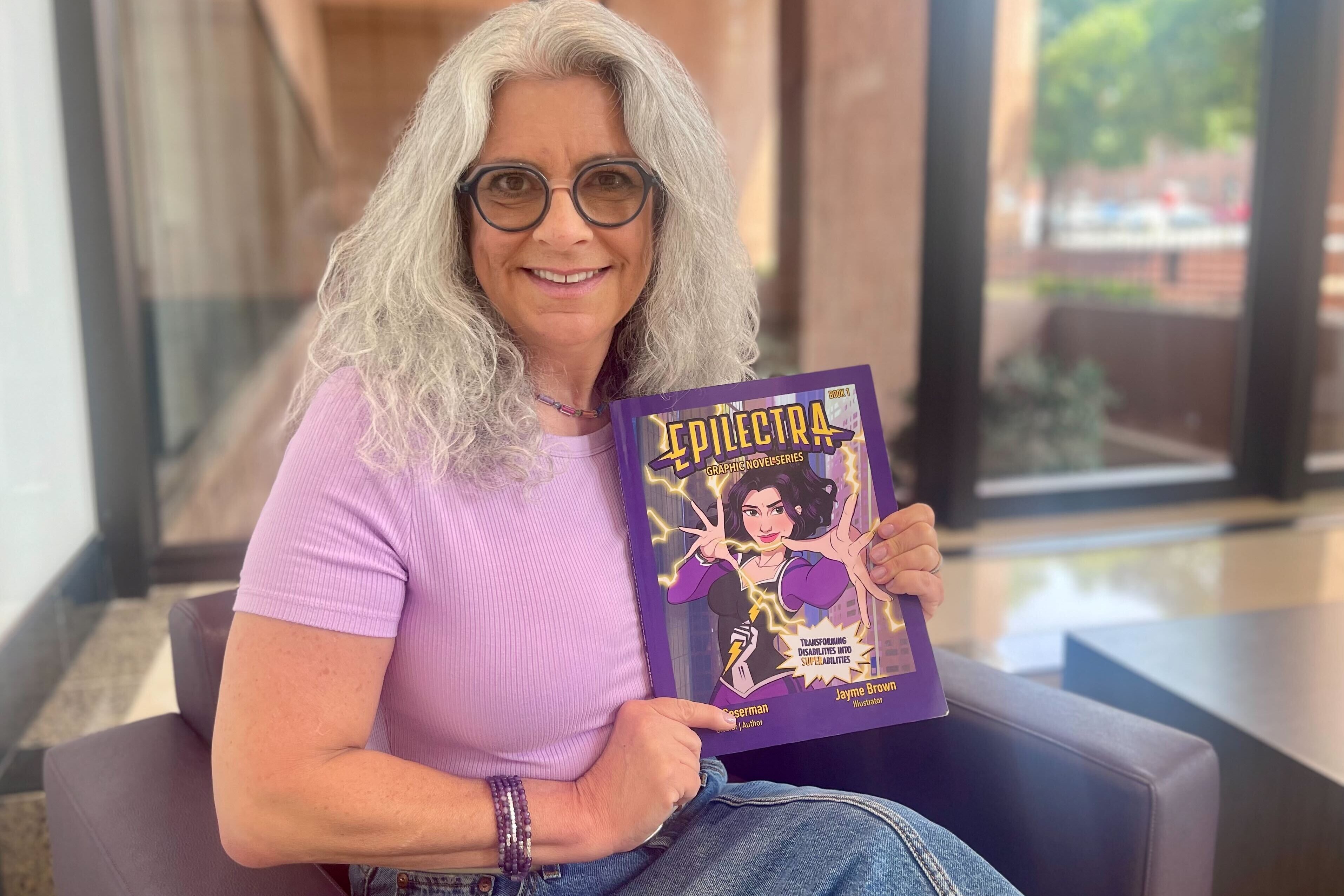
Electric violin virtuoso Tracy Silverman performs with the Colorado Symphony this Friday as the featured soloist on a program highlighting living composers.
He’ll play “Seeing is Believing” by Nico Muhly on his six-string electric violin at 7:30 p.m. Friday at Boettcher Concert Hall. (The concert is one of the final appearances on the podium for departing Resident Conductor Scott O'Neil.)
Silverman played excerpts from "Seeing is Believing" and talked about its unusual rhythms during a visit to Colorado Public Radio’s Performance Studio on Thursday:
Silverman graduated from Juilliard in 1980 but found himself drawn to rock and jazz as much as classical music.
Since then, he’s been the muse for prominent composers like John Adams, who wrote “The Dharma at Big Sur” for Silverman in 2003 for the opening of the Los Angeles Philharmonic’s Walt Disney Concert Hall. More recently, Terry Riley wrote a piece Silverman debuted at Carnegie Hall with the Nashville Symphony.
Silverman also composes his own music and often uses electronic foot pedals to change the tone of his instrument or create rhythmic loops. His own work is featured on his 2014 disc “Between the Kiss and the Chaos,” inspired by famous paintings like Henri Matisse’s “La Danse,” Georgia O'Keeffe's "Red Poppy" and Vincent Van Gogh’s “Starry Night.”
UPDATE: Here's his performance of "Matisse: La Danse" in the CPR Performance Studio Thursday:
Silverman spoke with CPR Classical about composing "Between the Kiss and the Chaos," collaborating with Adams on “Dharma at Big Sur” and why he loves the direction contemporary composers have taken in recent years.
Click the audio link above to hear the interview. Highlights:
On feeling inspired by rock music
“I started out at Juilliard hoping I was going to be the next Jascha Heifetz. Soon after I got there I decided I wanted to be the next Jimi Hendrix. ... As much as I love classical violin repertoire and really deeply love the Prokofiev concertos and Tchaikovsky ... it wasn't really the music of our culture. It was the music of 100 or 200 years ago from a different place.”
On embracing music made with modern, electric sounds
“I realized if Tchaikovsky were alive he would be writing an electric guitar concerto. That had really replaced the violin as the king of instruments, you know? It's definitely the dominant instrument of our culture, or my culture growing up in the ‘70s in the U.S. So I wanted to play music that my friends would understand, that they would get, that they would like -- and that was in our native musical language.”
On contemporary composers like Kenji Bunch and Nico Muhly embracing approachable melodies and rhythms
"This whole idea of melody being something you never want to touch in contemporary music because God forbid it should be too obvious what you're going after -- I don't get that. To me a melody is one of the most basic forms of communication we have between one person and another. To not embrace that is just crazy. So I'm really glad things like grooves and melodies are being used because you can do a lot with them."









